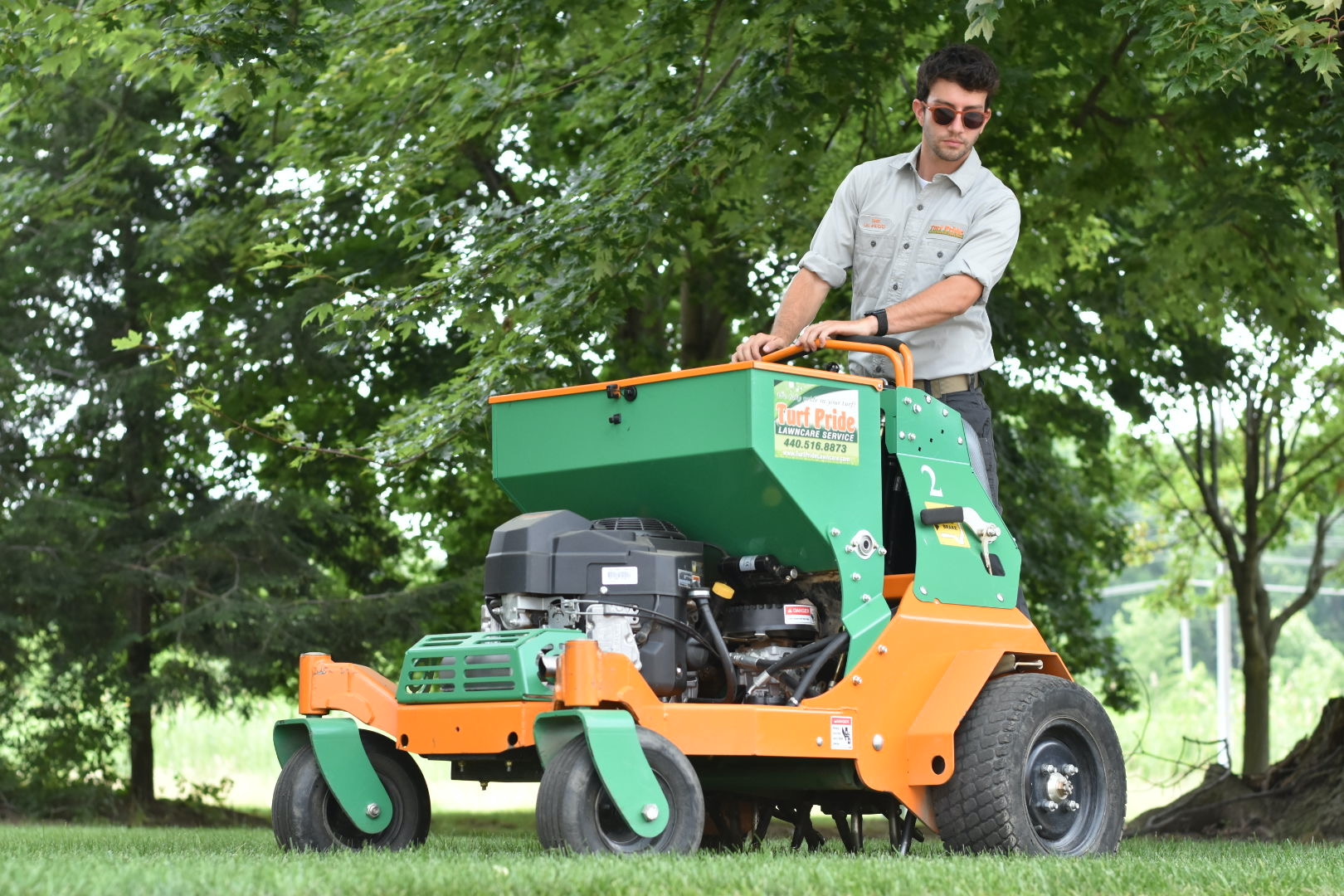
How Often and Why You Should Aerate Your Lawn
Is your lawn looking a little exhausted?
Through a cold winter, a burst of growth in spring, a hot summer, and a fall wind down, your lawn can take a beating. And a thin, faded lawn can stand out when you’re used to looking at thick, green, gorgeous grass.
Even with correct fertilization, proper watering, and regular mowing, your lawn can still start to look worn out from mower and foot traffic. You might be at a loss as to what to do next when you’ve done everything else right.
That’s where aeration and overseeding can be a key piece of the lawn care puzzle. But just because it’s good for your lawn doesn’t mean you should do it all the time … or should you? Let’s talk about reasons to aerate your lawn and how often do you aerate your lawn for good health.
Why You Should Aerate Your Lawn
Core aeration is when you use a special machine called an aerator to pull small soil cores or plugs from your lawn. Those cores are then deposited back across the lawn as the machine works, breaking down over the next week to redeposit organic matter back into your lawn’s soil.
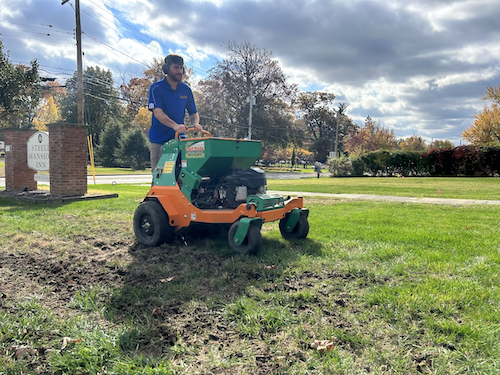
The process might seem relatively simple, but it adds a plethora of benefits.
So lawns need some basic things to survive: oxygen, water, and nutrients for good growth. Everything from rainfall to foot traffic to everyday activity can compact your lawn soil, which restricts the flow of these things to your lawn’s roots.
Aerating a lawn breaks up this compacted soil, allowing those three elements to continue nourishing your lawn roots again. Aeration also creates room for deeper grass root growth.
Overseeding at this time is usually a great idea as well. For great seed germination, you need maximum seed to soil contact. When you aerate, you naturally create these pockets to get the seed as close to the soil as possible, boosting your germination results. This can help thicken up a thin lawn, crowd out weeds, and create healthier overall grass.
How Often Can You Aerate Your Lawn?
When you aerate a lawn, how often you perform the service can be dependent on your soil type.
In Northeast Ohio, we have more clay-based soils. This means once a year is usually adequate for clay soils, depending on how compact it is.
Can You Aerate Your Lawn Too Much?
If you walk on your soil and it feels rock solid and is also looking thin or patchy, these are signs that you need to aerate your lawn.
But if your grass is healthy and thriving and hasn’t been impacted by a lot of equipment or foot traffic, you may not need aeration.
Once annually is great to keep that compaction away.
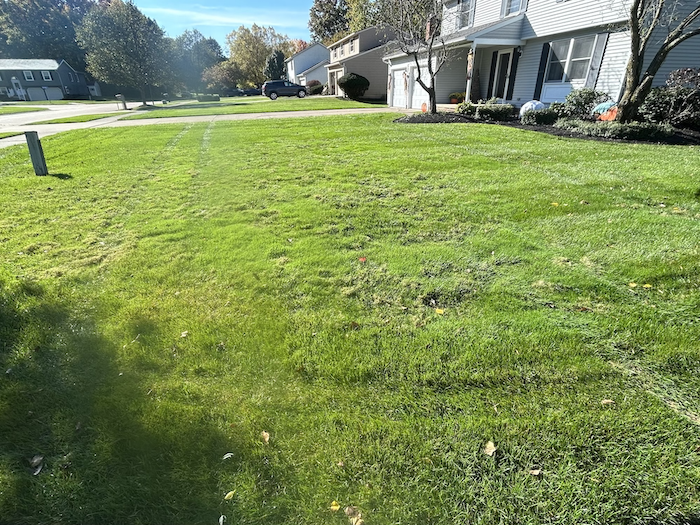
Best Time To Aerate A Lawn And Overseed It
In Northeast Ohio, fall is a good time to aerate and overseed.
For cool-season grasses like tall fescue and Kentucky bluegrass, September is a great time for overseeding.
Avoid Common Mistakes To Aerate a Lawn
Aeration and overseeding can greatly benefit your lawn when done properly each year in Northeast Ohio.
You can encourage aeration’s advantages by avoiding some common mistakes, including remembering how often can you aerate your lawn.
First, never use the wrong equipment. Using spiked shoes or renting a machine from the local department store may not provide the same results as hiring a professional. A core aerator is the tool professional lawn care technicians prefer for proper aeration that removes 2- to 3-inch soil plugs at half-inch diameters approximately 2 to 3 inches apart throughout your lawn. Using the wrong equipment or using equipment incorrectly can not bring positive results or damage your turf.
For best results, you also want to focus on proper timing when you aerate your lawn. If you try to aerate and overseed during dry periods just because the timing is convenient, you may not get proper seed germination and waste your time.
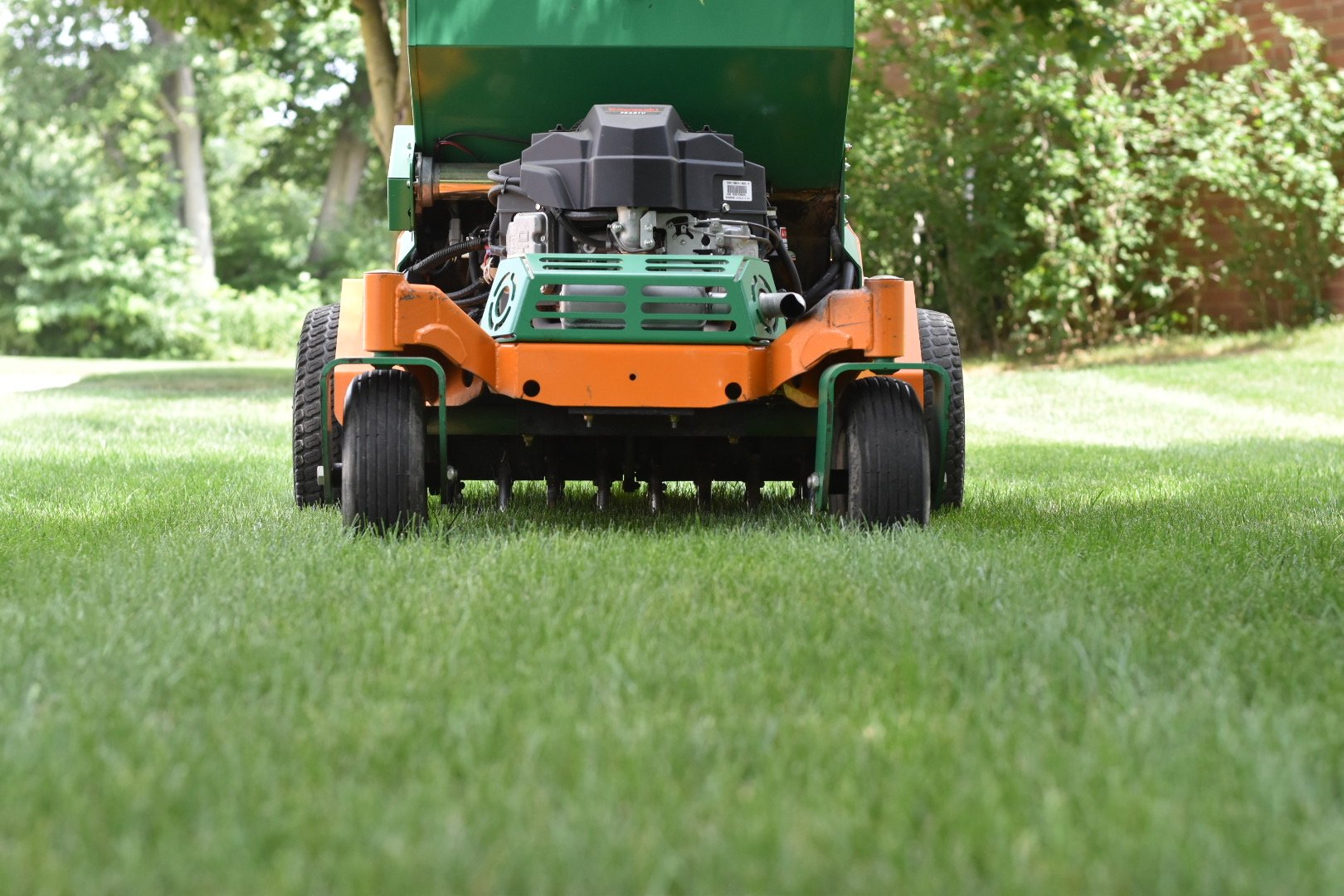
After aeration and overseeding, you want to water your lawn and keep it evenly moist. If you have heavy clay soil, this may take longer. Approximately one hour per area of grass in clay-based soil can help get the water down 1 to 2 inches. The goal is to keep your soil moist until those seeds germinate, which takes about 10 to 14 days. Once the seed germinates, you can reduce watering to once a day for shorter durations until the lawn is established and then resume your regular watering schedule.
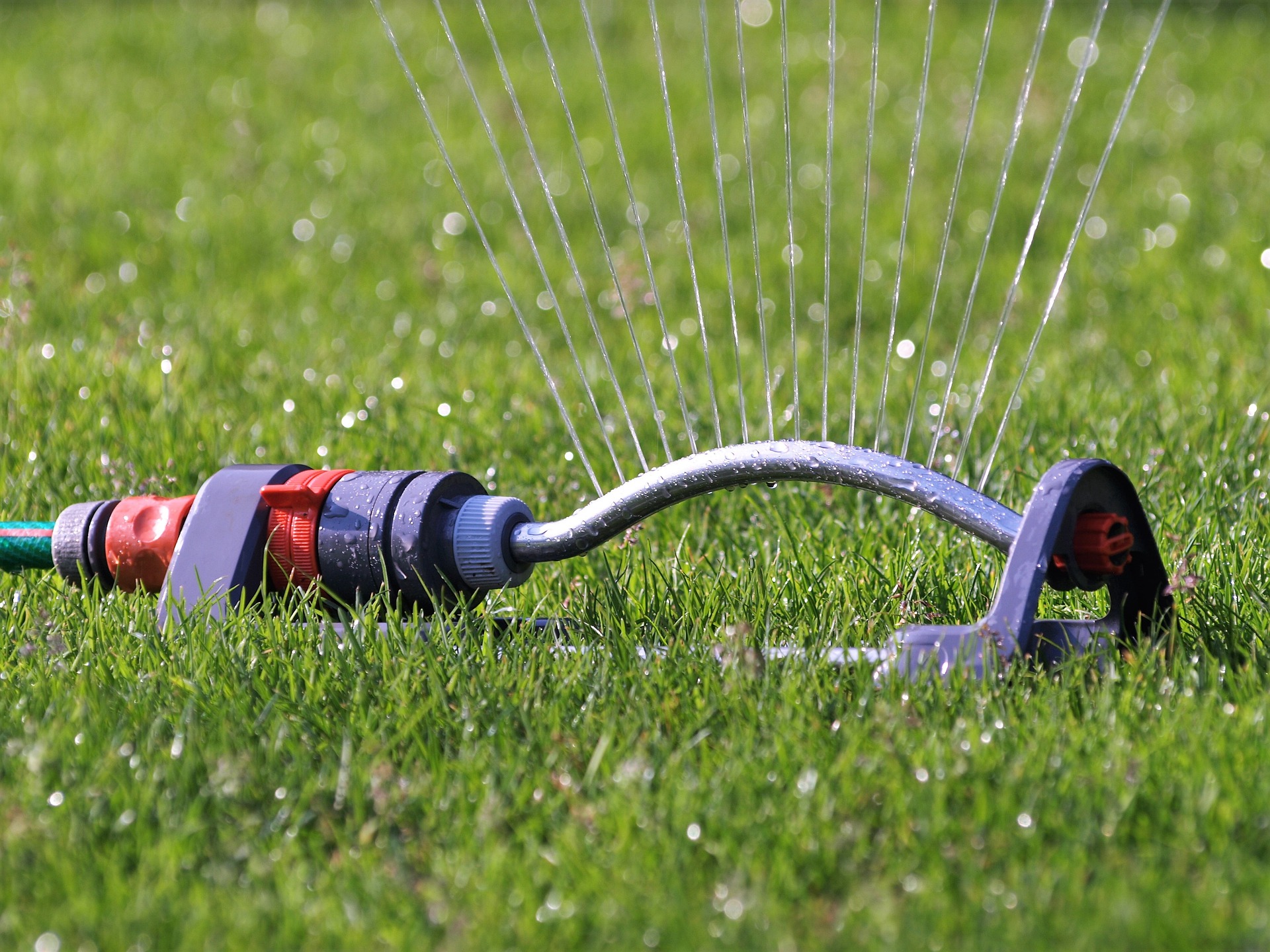
After the grass germinates, it’s very delicate. So, wait 14 days until the grass seeds germinate to start mowing again.
Don’t try to fight weeds while you’re trying to grow new grass. Wait until after seed germination and after mowing a couple times before you attempt to battle weeds with any sort of herbicide.
Get The Right Aeration Timing With Turf Pride
Now that you know aeration’s benefits and how often do you aerate your lawn, you are ready to plan for this as part of your lawn care strategy.
Hiring a professional lawn aeration service means you receive a proactive approach to lawn care that includes high-end equipment, top-quality seed, and premium results. And choosing not to do this yourself means you don’t have to deal with a bare, discolored lawn or lackluster results.
If you still have questions about how often can you aerate your lawn, give Turf Pride a call. We want to help you make the best decision for you. We can help you compare programs and costs so you know what a professional lawn aeration program includes, when it should be done, and how it can impact your lawn.
/office%20staff%20on%20phone%20with%20customer.jpg?width=5168&height=2912&name=office%20staff%20on%20phone%20with%20customer.jpg)
Want to improve your lawn’s health and create a thicker, greener lawn in Northeast Ohio? Turf Pride can help. Get started today with a free quote. Together, we’ll customize a plan that gives you the most attractive lawn on the block.


